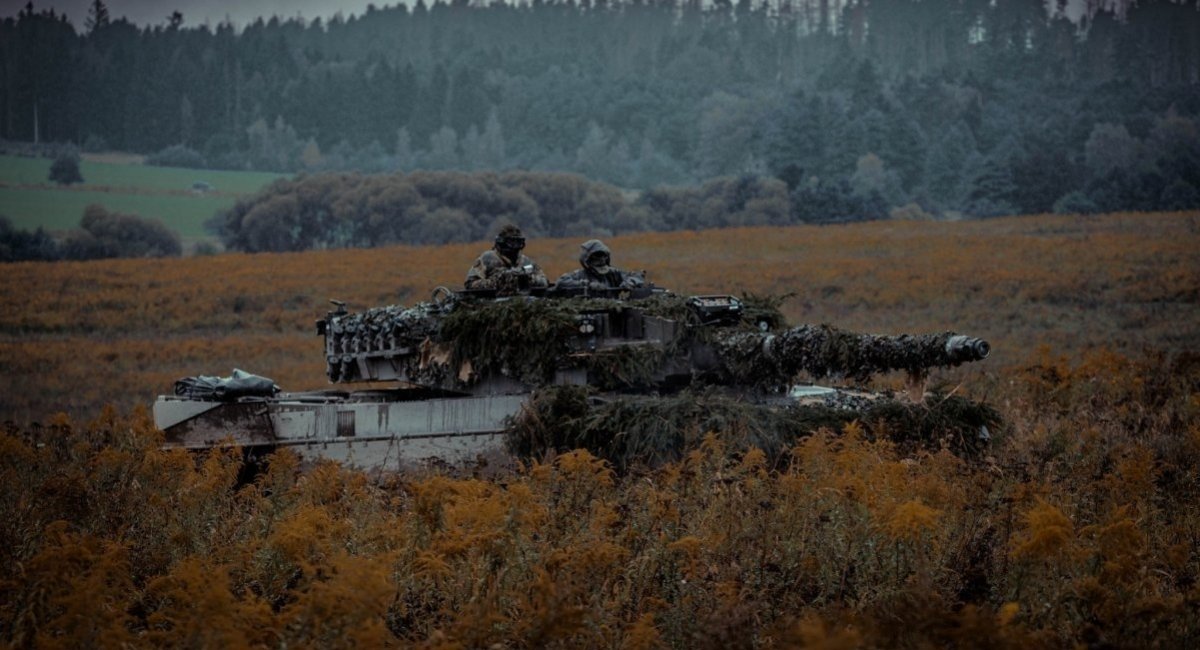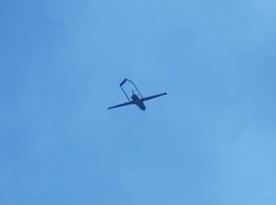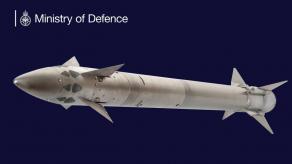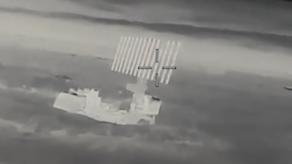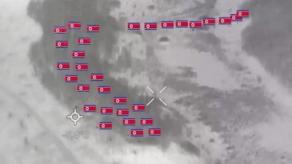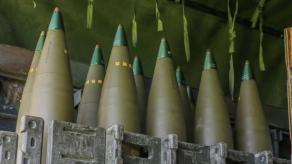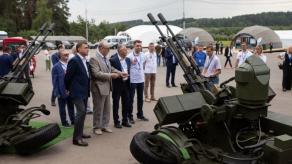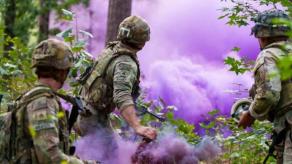According to The Military Balance 2024, Austria's armed forces consist of just 22,200 personnel. Their arsenal includes 56 Leopard 2A4 tanks, nearly 500 armored vehicles of various types, 48 M109A5ÖE self-propelled howitzers, 71 mortars (81mm and 120mm), 13 Eurofighter Typhoon Tranche 1 jets, 11 transport and 13 training aircraft, 66 helicopters, and an undisclosed number of Mistral MANPADS.
This limited force structure has fueled internal debate over whether Austria should consider joining NATO or seek other forms of defense cooperation. This marks a significant shift for a country that has adhered to neutrality since 1955.
Read more: U.S. Considers Restarting F-22 Raptor Production
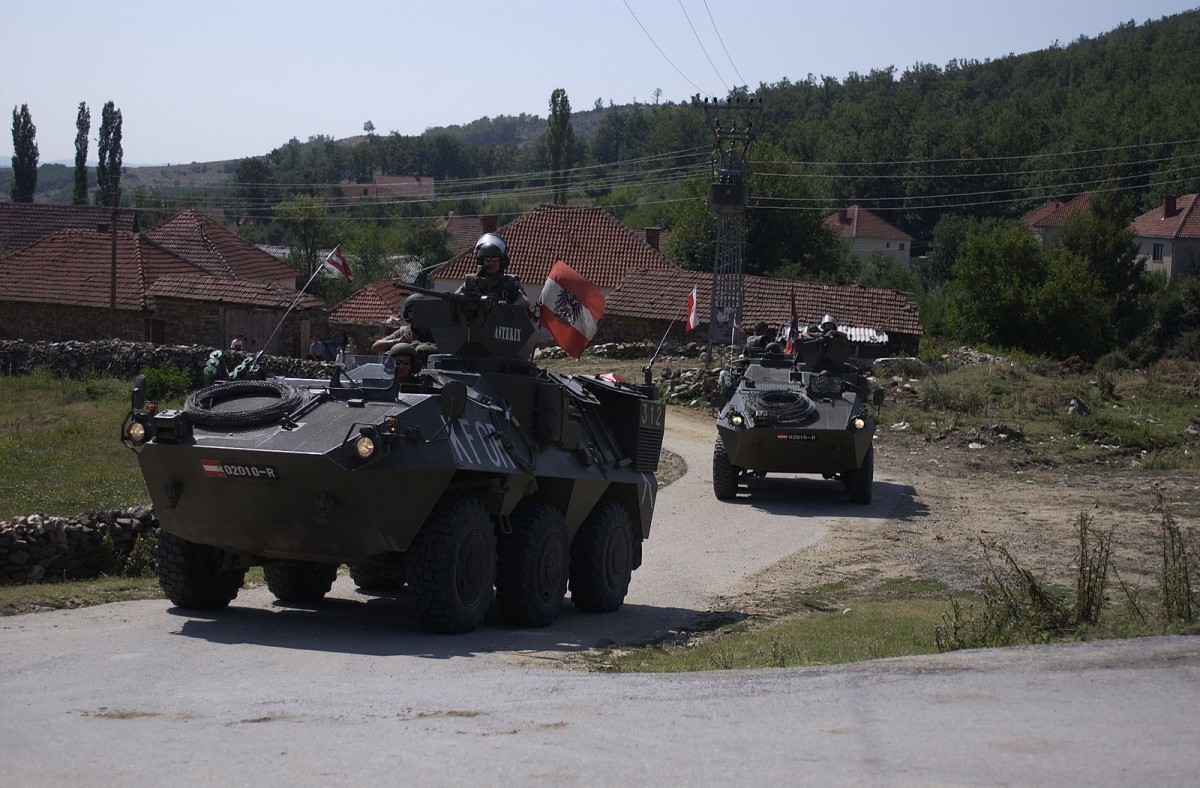
As Defense News reports, "key political figures in Austria have reignited the debate on joining NATO," triggered by a statement from Austrian Foreign Minister Beate Meinl-Reisinger in an interview with Die Welt am Sonntag.
Current polling indicates that 74% of Austrians support maintaining neutrality, while only 25% back joining the Alliance. However, Meinl-Reisinger emphasized that the debate itself is "very productive" given the changing security landscape in Europe.
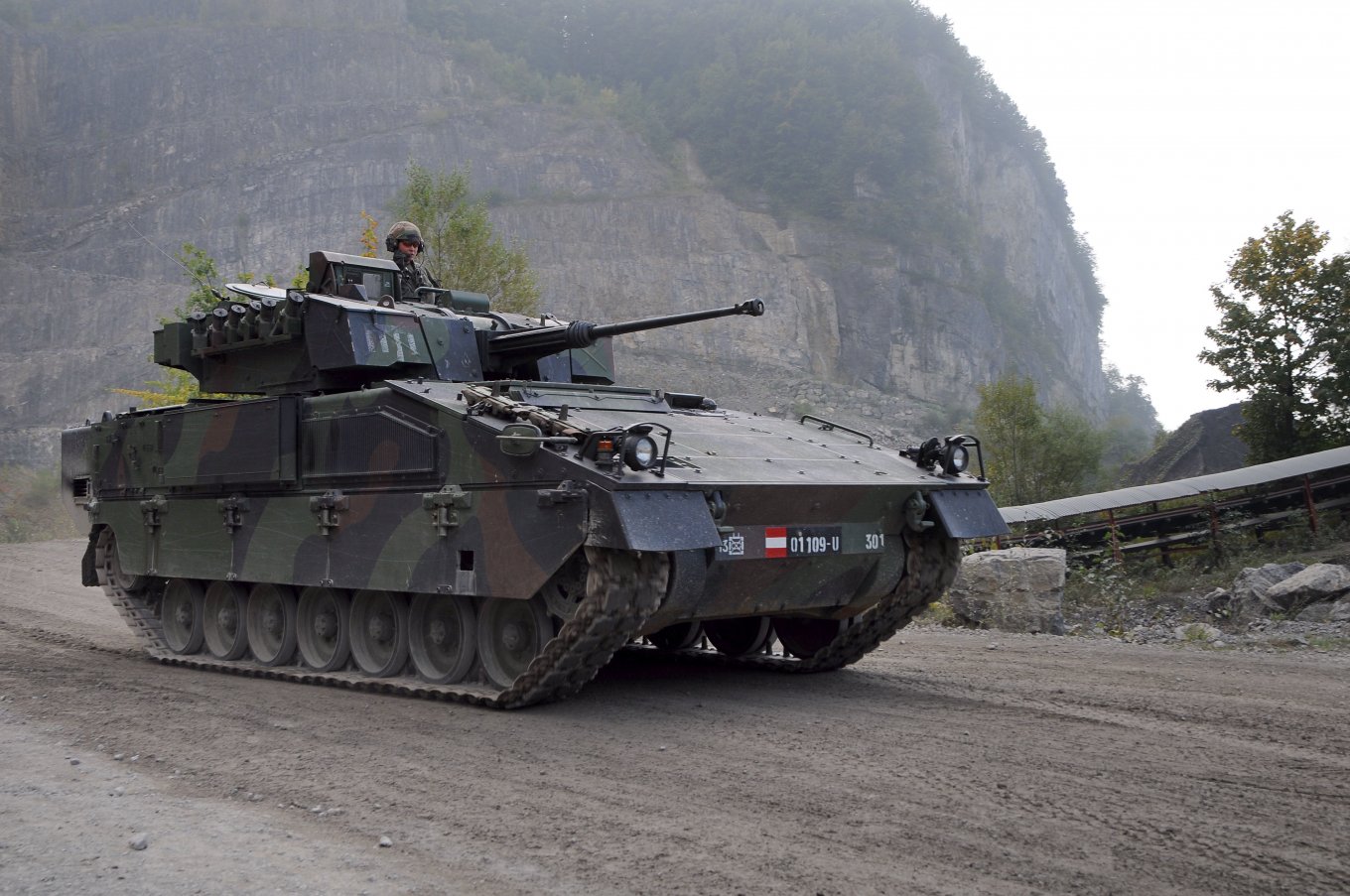
Austria also plays a vital logistical role for NATO operations. In 2024 alone, its territory facilitated 5,000 NATO flights and 3,000 ground transport movements — serving as a key transit hub.
The political debate includes a range of arguments. According to Defense News, Meinl-Reisinger stated that "no one rushes into NATO with open arms, but Europe's security situation has fundamentally changed." Some politicians even claim that EU membership violates Austria's neutrality.
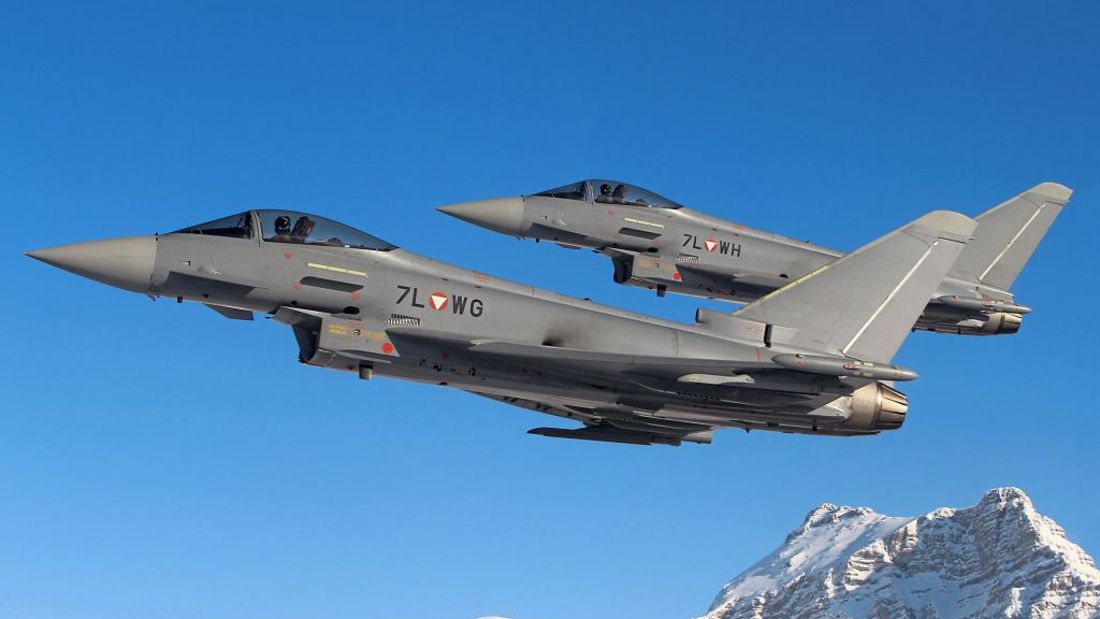
Fueling the controversy, certain political groups in Austria plan to stage mass demonstrations in October over the country's neutrality. Notably, the far-right Freedom Party of Austria — known for its ties to Vladimir Putin — remains firmly opposed to any initiatives aimed at strengthening European security.
It's important to recall that Austria's neutral status was established by a 1955 agreement between the United States and the Soviet Union, which ended their post-WWII occupation in exchange for Austria's pledge of neutrality.
Read more: To Surpass NATO by a Factor of 12, russia Would Have to Produce 20.5 Million Shells per Year, But Reality Is More Complicated




